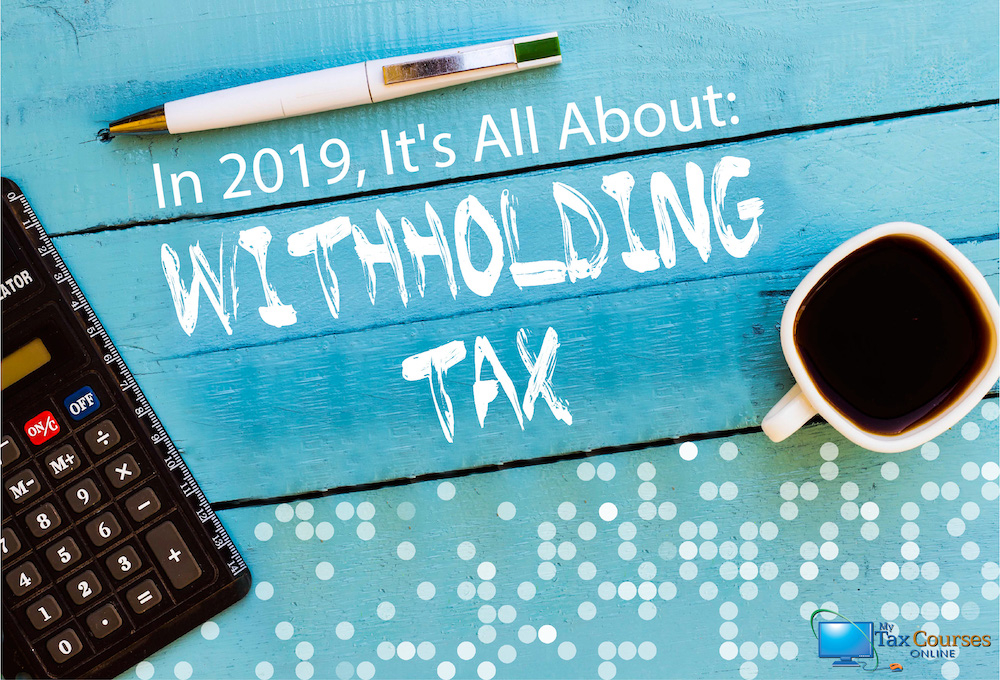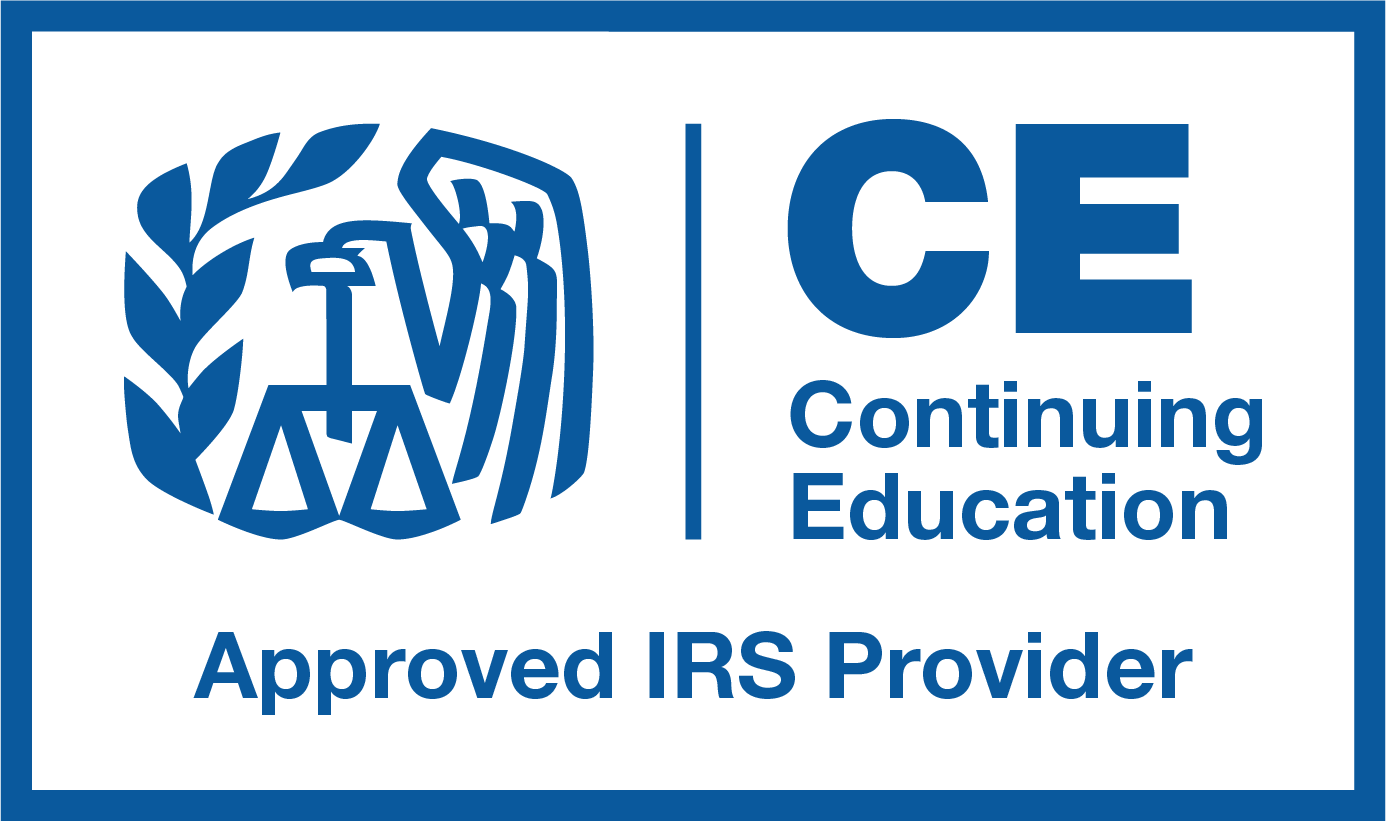Many taxpayers were surprised to learn that their 2018 income tax withholdings didn't cover as much of their outstanding tax obligations as they'd expected. Instead of getting hefty refunds, some taxpayers got much more modest ones; others wound up wincing as they wrote checks to the IRS.
Criticism for these thwarted expectations has primarily fallen at the feet of the revised W-4 withholding worksheet. With little time to tweak this worksheet in response to the changes the Tax Cuts and Jobs Act (TCJA) created in late 2017, the federal government hurriedly issued its changes; but even early in the year, many analysts warned that some taxpayers could likely expect lighter refunds in 2019.
In response, the government has proposed some sweeping changes to the W-4 form, now scheduled for rollout in early 2020. Instead of requiring employees to select a certain number of withholding allowances, the new W-4 will allow them to provide annual dollar amounts for their expected additional nonwage incomes, itemized or standard deductions, expected income tax credits, and total annual taxable wages for all household members.
By essentially asking employees to provide the IRS with their expected adjusted gross income (AGI), the IRS expects to be able to calculate far more accurate withholding amounts. Still, for employees who are accustomed to large refunds, receiving a balance that's as close to 0 as possible may not be seen as a positive change.
So what can tax preparers do to assist their clients with withholdings in 2019?
Because it can be all but impossible to predict the future, trying to calculate a precise withholding amount based on a client's past income may be an exercise in futility. Instead, avail yourself of as many different (reliable) calculators as you can find. By inputting the same information across multiple platforms, you'll get a good idea of which tend to skew high (and low), helping you provide your clients with advice that's tailored to the size of the tax refund they hope to receive.
Source
https://www.thetaxadviser.com/issues/2019/jan/irs-table-changes-w-4-until-2020.html









